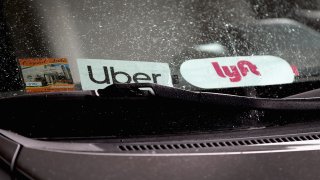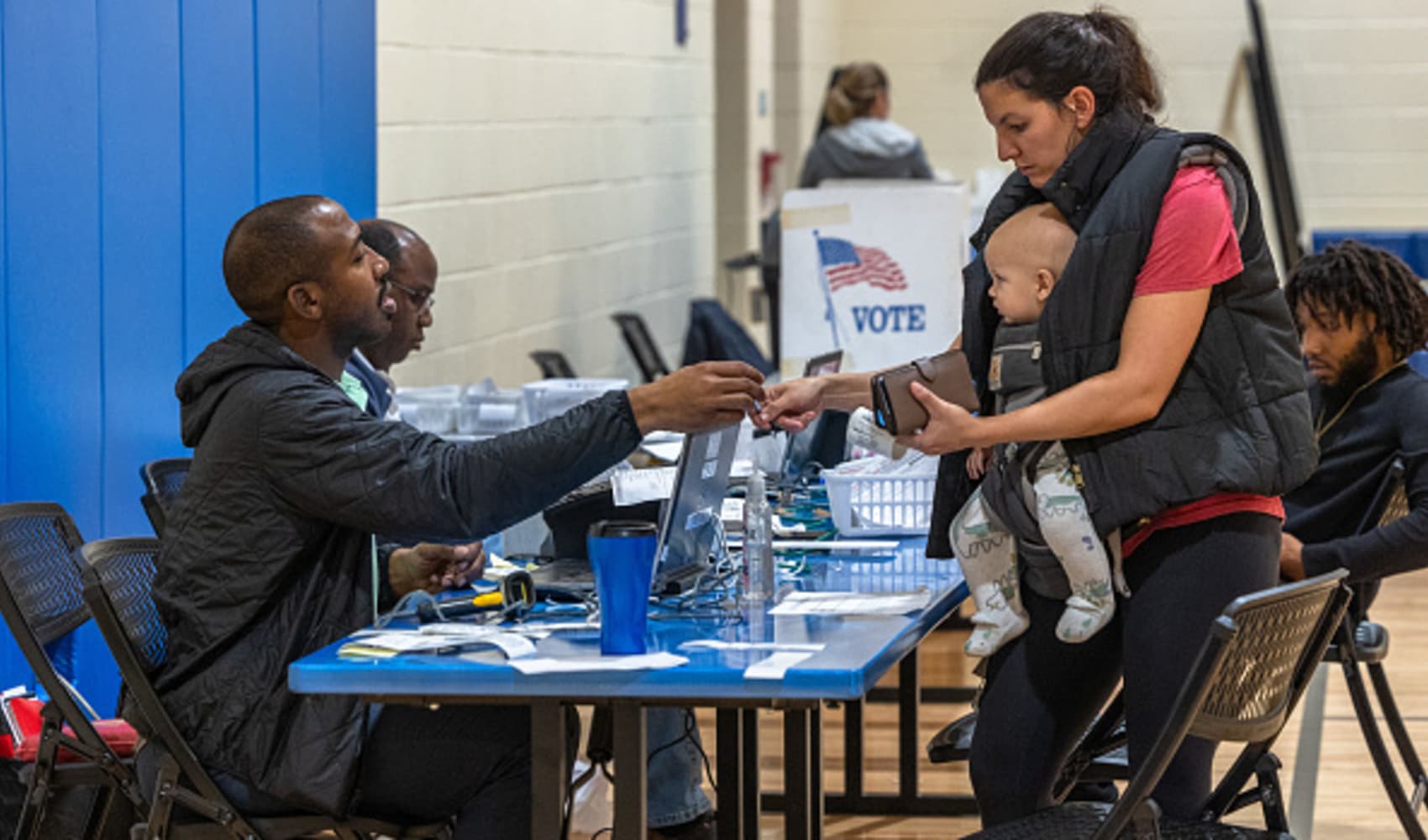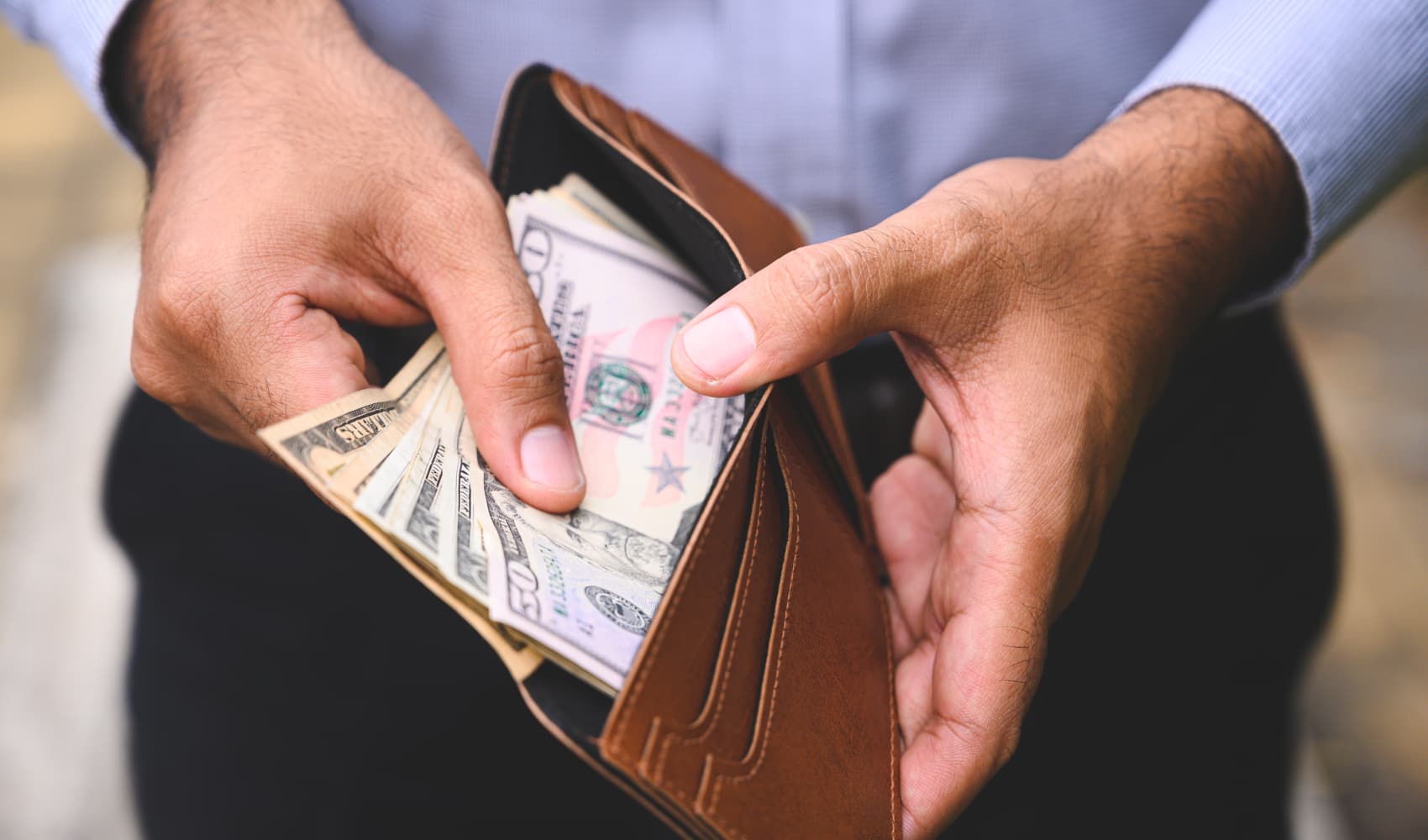
- After a dramatic decline in traveling this past year, people are ready to get moving again. In many cases, they're turning to rideshares.
- But companies like Uber and Lyft are still struggling to bring drivers back to full speed, leading to longer wait times for customers and higher prices.
- There's a handful of factors at play when it comes to getting drivers back and convincing new ones to sign up.
After a dramatic decline in traveling this past year, people are moving again. Yet, despite offering cash incentives, rideshare giants Uber and Lyft are still struggling to bring drivers back to full speed, leading to longer wait times for customers and soaring prices.
Uber and Lyft have put millions into these efforts, but some former drivers aren't even looking at these stimulus packages or trying to get in on surge pricing. A large percentage who are still holding out.
"Drivers are in a low-key strike," Nicole Moore, a volunteer organizer with Rideshare Drivers United, told CNBC.
"Right now it's a mini debacle for Uber and Lyft in terms of driver shortages and surge pricing throughout the US," Wedbush's Dan Ives said in an email. "Drivers are ~40% below capacity."
Former ride-sharing drivers are staying off the road for a variety of reasons.
Get Tri-state area news delivered to your inbox. Sign up for NBC New York's News Headlines newsletter.
For many it's fear of the continued pandemic, which is what made them stop driving in the first place. Currently, less than 50% of the U.S. population is fully vaccinated against Covid-19, according to data from the Centers for Disease Control and Prevention.
Money Report
"This thing is not over yet, people can still get sick," Louis Wu, a Texas resident and former rideshare driver, told CNBC. According to Uber, 80% of drivers planned to come back once vaccinated. The company has also heavily invested resources into getting people vaccinated, offering free rides to vaccine spots through early July, as a part of its effort to get people back on the road.
Others, wanting to stay in the gig economy but fearful of transmission, have switched to food or grocery delivery. That's also allowed them to put less wear-and-tear on their cars, especially as gas prices and car parts prices increase.
"In times of Covid, there's a lot less customer interaction with food delivery vs transporting a passenger in your backseat," Harry Campbell, who runs The Rideshare Guy blog, said in an email. "You also put less miles on your car as a delivery driver since people order from nearby restaurants vs a full-time ride-hail driver that can easily do 1,000 miles per week or more. A lot of ride-hail drivers just get tired of dealing with people too."
Some drivers have also remained on unemployment benefits, which are set to expire later this year. For those former drivers, they may be coaxed back into offering services once extended benefits phase out in the fall.
"September will be the big tell tale sign if drivers were holding out because of unemployment," said Chris Gerace, a driver and contributor to Campbell's blog.
Better jobs
Uber and Lyft said they thought the supply and demand problems would see recovery in the third quarter, which started July 1. However, if demand continues to outpace supply, it could pressure the rideshare companies to make more fundamental changes to cater to drivers.
Uber, for example, is considering funding education and career-building programs, according to The Wall Street Journal. Lyft is also exploring ways to reduce drivers' expenses, according to the report published Friday.
But many drivers have gotten a taste of what working outside of the gig economy is like. Moore said she knows former drivers who have since gotten office jobs or switched to driving semi trucks, with no intention of coming back.
Some gig workers have become increasingly frustrated with how the rideshare giants pay out, especially as surge pricing continues.
The Washington Post reported last month that despite the high rates passengers are paying, drivers aren't getting their cut. And drivers have continued to call out the companies, saying it's increasingly difficult to make a living on the apps, especially when compared with the early days of the companies.
"When I started driving, I was guaranteed 80% of the fare," Moore said. "If that's where we were right now, you would see a very different equation on the road. Drivers are seeing 20, 30, 40% of the fare at times."
But it's a question of if rideshare companies will listen and be open to fundamental changes, Gerace said.
The shortage also comes parallel with Uber's and Lyft's promises to reach profitability on an adjusted EBITDA basis by the end of the year, and pressure on the balance sheet could make that goal even harder.
"If these companies had a paradigm-shifting core belief, you could have good pay for drivers, you could have good competitive rates and you could become profitable and have that win-win-win, but you have to take that initiative and be open to trying new things," Gerace said.
Uber declined to comment, pointing to an April blog post on its $250 million stimulus. A Lyft spokesperson pointed toward comments its president, John Zimmer, made in late May, saying the company was "extremely confident" in supply recovery.






